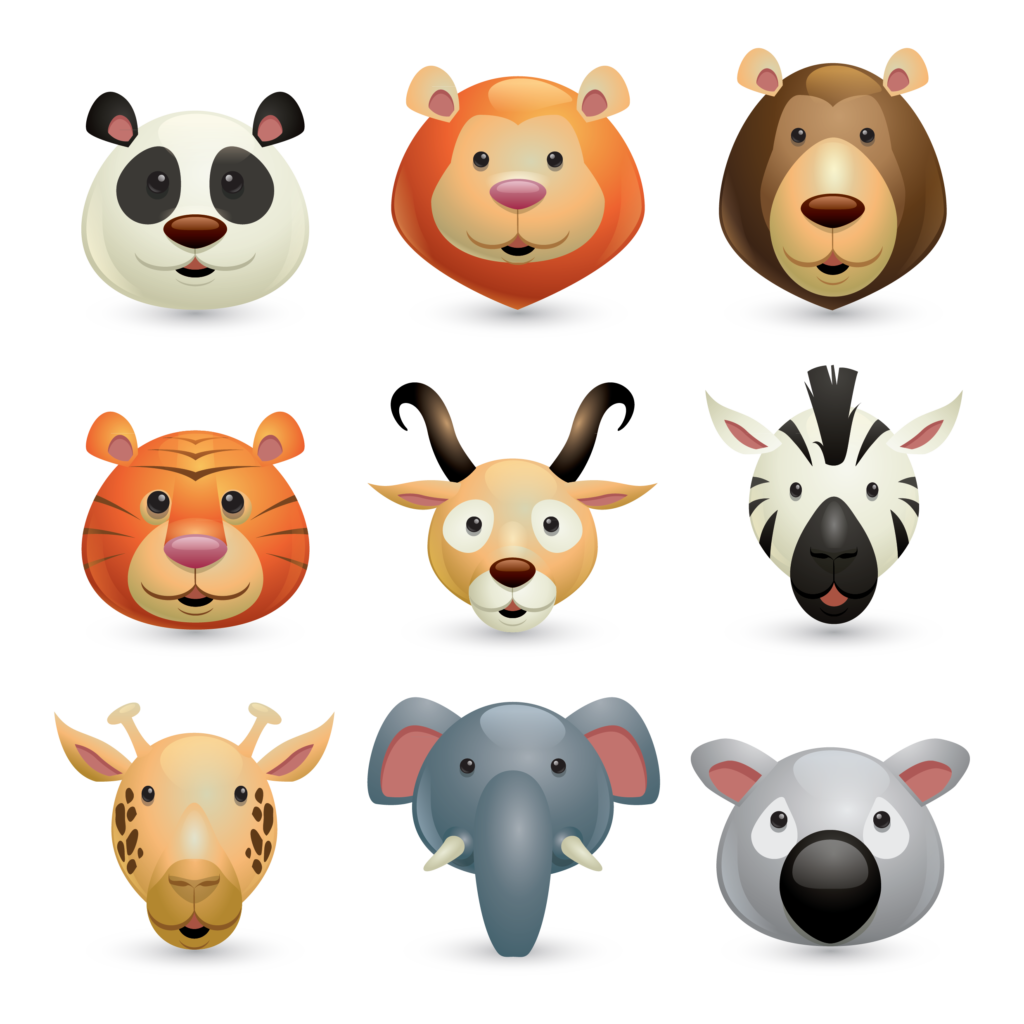66 Amazing Deer Facts for Kids 2024 [Types & Fun Facts]
Deer Facts for Kids
Deer are known for being calm and gentle animals. Many people even think of Bambi, the young and playful Disney cartoon, when they see a deer out in the wild.
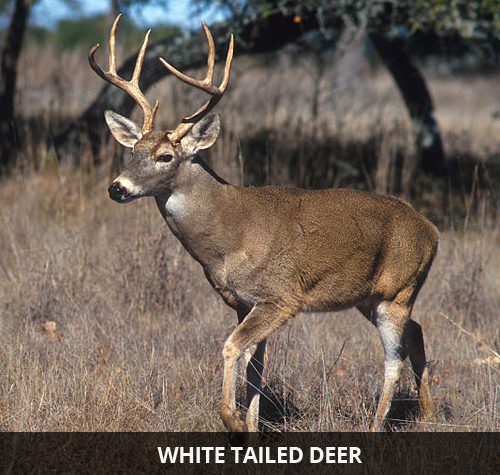
Deer are often seen slowly eating plants or leaping through the tall grass, and are recognized by their fluffy white tails and big antlers.
Quick Deer Facts
- Deer have an excellent sense of smell that they constantly improve by licking their noses to keep them moist.
- The shape of a deer’s foot allows it to survive in most habitats, such as a rainforest or tundra.
- Just like cows, deers have a four-chambered stomach.
- Deer do not have gallbladders.
- While deer are immune to brain worms, moose aren’t, and their walking patterns and behavior change.
- Deer meat is highly nutritious and edible for human consumption.
- Male deers use their antlers for defense against predators.
What does a deer look like?
Deer are long-legged, thin animals. Their coloration is often grayish-brown to brownish-red, with light brown or cream-colored undersides. Male deer grow antlers. The magnificent antlers of male deer are a striking feature.
Deer can range from small to big. The white tailed deer measures around 4 to 7 feet long from nose to tail and stand around three feet tall at the shoulder.
They typically weigh between 30 to 1500 lbs, depending on the species. That’s a wide range!
Red deers weigh around 430 lbs, reindeer around 375 lbs while the roe deer weighs just 50 lbs. Moose is the heaviest member of the deer family weighing 1500 lbs, they are massive and very strong.
Different Names for a Deer
Cervidae is the scientific name for all species of deer.
Male deer is called “buck”. Large males may sometimes be called “stags”. Bucks are the only deer that grow antlers, which they shed each winter and grow back again in the spring.
A female deer is called a doe and a baby deer is called a fawn.
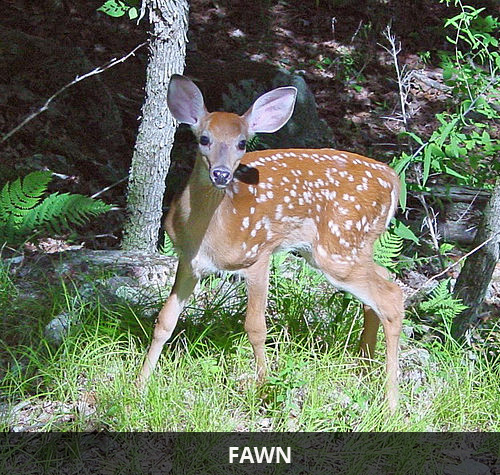
Where do Deer live?
Deer live all over both North and South America, mainly in forests and tall prairie grass. Depending on where you live, you might even see deer in your backyard!
In hot weather, they like to live in fields and forests with tall trees for shade.
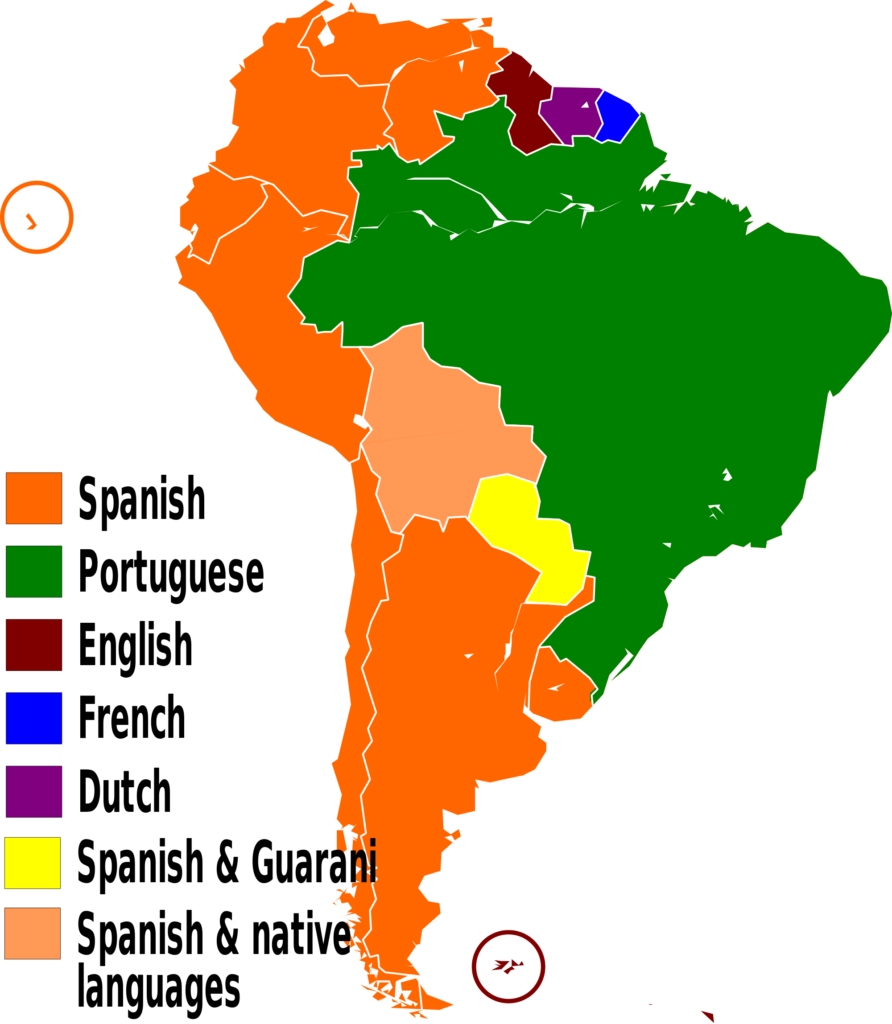
In the cold winters, they usually stay near thick forests with strong trees to protect them from strong winds and snow.
The Gangetic Plain Regions in Northern and Southern India, as well as Nepal’s Regions, have Asia’s biggest deer population. The Indian sambar, chital and hog deer live there.
What Does a Deer Eat?
Deer are herbivores, which means that they only eat plants and grass. They are not picky eaters and will snack on almost any kind of plants they can find. Deer like to eat grasses, sedges, the leaves and shoots of trees. They are even big fans of berries and flowers in your garden!
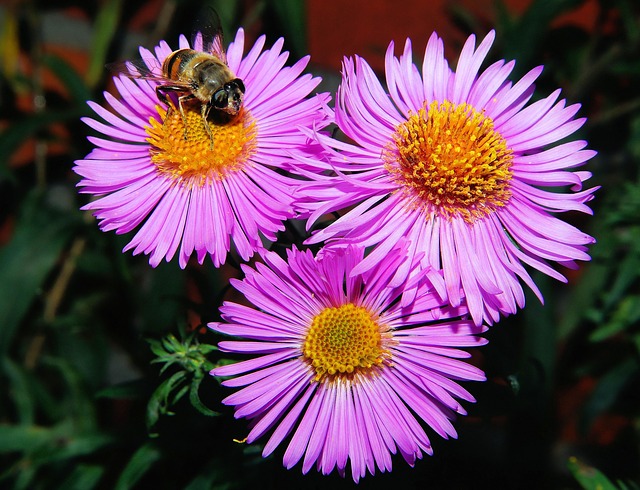
Many people will put up fences to protect their flowers and vegetables from deer chewing down on them. Others will put food out for them on purpose!
Deer Behaviour
Deer are rather timid and shy animals. Almost all carnivores are their predators and so they are constantly in danger.

They are aware of this danger and react swiftly to any sudden movements or sounds, generally by fleeing. They also often rush into large open spaces to see and assess dangers.
Deer have eyes on the sides of their head and while this gives them a wide angle vision, this also makes it difficult to focus. Their excellent night vision helps detect predators in the dark.
They don’t make dens or nests. They seek safe spots to rest, which are usually under low-hanging trees.
They tend to gather in locations where food is readily available. They consume leaves, moss, branches and twigs.
The majority of deer live in small groups called herd, with the exception of the males, who spend some time alone.
There are usually around 25 deer in a herd, with the majority of them being female deer known as ‘does’ and a dominant male deer known as a stag.
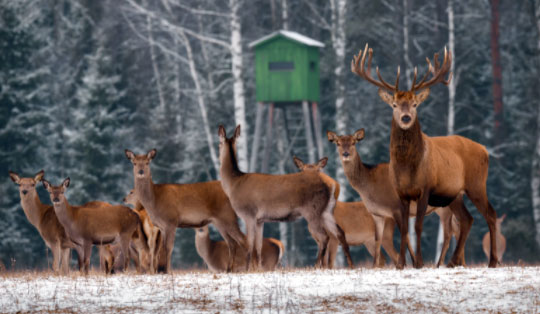
When the herd moves, the lead dear is always towards the back, aided by a female who takes up a rear-guard position.
Deer have unique communication methods. They communicate visually, vocally, and chemically.

They produce a scent in many regions of their bodies that provides significant information about their physique, sex, social position, and whether or not there is danger in the area.
Baby Deer Facts
Female deer often have one or two babies. Baby deer are called fawns. In around 3 years, most deer achieve maturity.
Fawns are born with light spotted fur which helps them to camouflage in the tall grass.
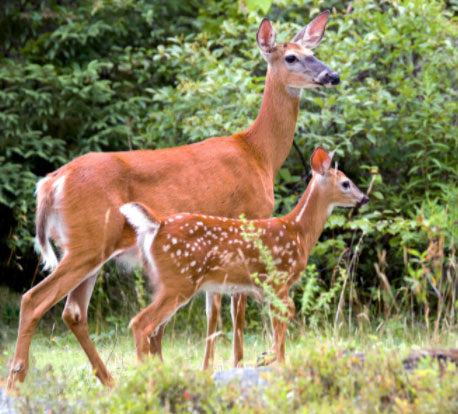
Fawns are perhaps the most hunted animals in the wild. Less than 50% of fawns live to adulthood, which is why they are said to be “born with one hoof in the grave“.
Mother deers leave fawns in the cover of tall grass when they wander off to feed. When the ‘mother deers’ returns at dusk or dawn they feed the fawns.
Female fawns usually become independent from their mother after they turn two years old, but young bucks / young deer usually leave after a year.
What Eats a Deer (Deer Predators)?
Deer have many animals that like to hunt them, so it is important they have ways to protect themselves.
Some of the most common animals that like to hunt deer are tigers, lions, hyenas, bobcats, coyotes, and mountain lions.
Although it might make us sad to think about, it is important to remember that all animals need food and the circle of life is all part of nature.
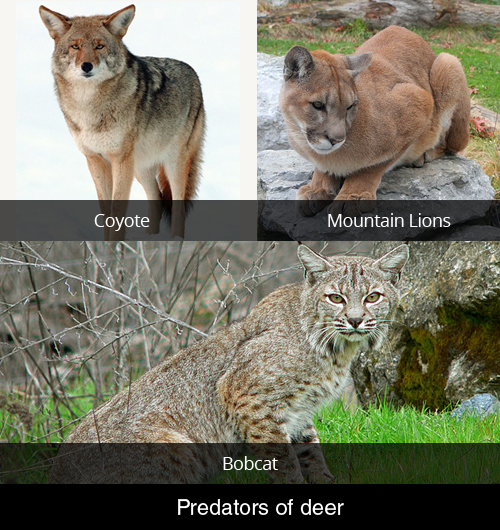
How do Deer Protect Themselves?
Deer have many ways they can protect themselves from other animals that are trying to hunt them. Deer have excellent camouflage and use this to hide from threats.
They are very fast runners and use this as their first choice of protection.
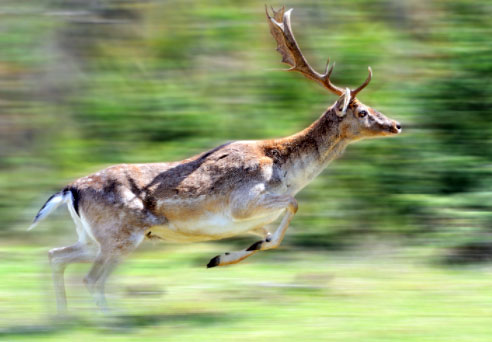
They are also very good swimmers so can go through streams or other bodies of water to get away.
Deer can run up to 35 miles per hour when they are scared or are trying to escape from a predator. That’s as fast as a car driving in your neighborhood!

Deer can also jump as high as 10 feet and as far as 30 feet, which is almost as long as a school bus.
Popular Large Deer Species
Lets take a look at some different types of deer. These are absolutely gorgeous!
White Tailed Deer

White-tailed deer are the largest wild animals in Northern Virginia and are a medium-sized deer species. They are found throughout South America and the Rocky Mountains, foothills, and plains of United States.
Male white-tailed deer live to about 6 years of age. Females usually live two years longer than males.
One of the most fascinating things about the white-tailed deer is that it can jump almost eight feet high.
Red Deer

The red deer is the world’s fourth-largest deer species, and includes subspecies such as the Corsican reddish brown deer and the Caspian red deer. They are mainly found in Western Asia and Europe.
Reindeer

Reindeer is a big deer species found in mountainous areas of North America and Europe. Wild reindeer are hunted for meat and antlers in the Arctic and Subarctic, and are utilized for transportation and milk.
Moose

Weighing 1500 lbs, the moose is the biggest member of the deer family primarily found in the forests of Alaska, Sweden, Canada, Finland and Norway. It has an imposing presence and is North America’s largest animal, at six feet tall with massive, flat antlers.
Greater Kudu
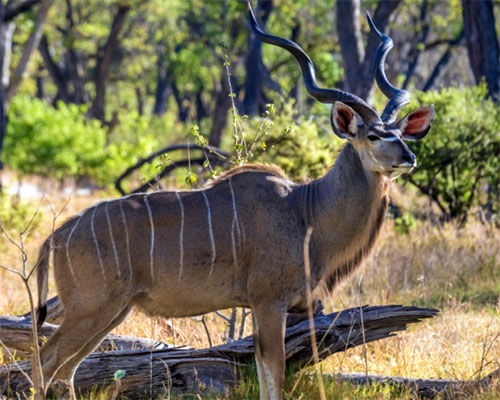
With magnificent spiral horns, the Greater Kudu is the second largest species of forest antelope. The Greater kudu is a magnificent animal that is one of two kudu species. The smaller kudu is the other.
Elk

Elk, sometimes known as wapiti, is the second largest terrestrial animal in North America and one of the largest and different species of deer. The Rocky Mountain elk is a subspecies of elk found in North America’s Rocky Mountains.
Sambar
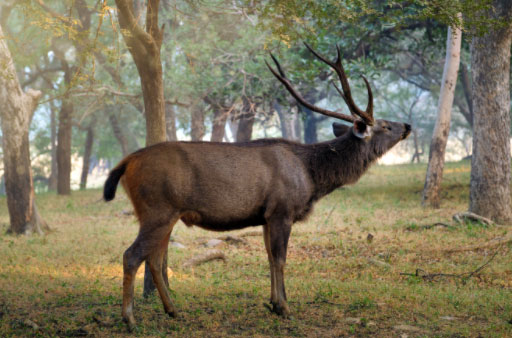
The Indian sambar is the largest species of deer in the Indian sub continent. It is also the most abundant deer species in India, and one of tigers’ preferred prey.
Fun Facts About the Deer
Male deer are called bucks, female deer are called does, and baby deer are called fawns.
Deer love to eat all kinds of plants, flowers, berries, and vegetables.
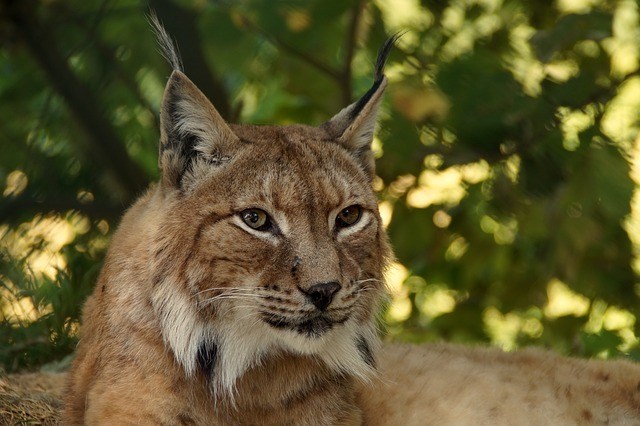
Predators of deer include bobcats, coyotes, and mountain lions.
Deer can run up to 35 miles per hour and also jump over 30 feet.
Deer can move their ears independent of each other and make them face different directions to better catch sounds from different areas.
They lick their noises to make them moist. This is said to enhance their already excellent smelling abilities.
Reindeer is the only domesticated species of deer. All other deer species live in the wild.
Deer has a gestation period of 6 to 8 months.
Deer’s antlers grow very fast. They can grow up to 2 inches in just a week.
The Irish elk was the largest species of deer until it went extinct 11,000 years ago. Those animals were 7 feet tall and had massive antlers. Now the largest deer species is the Moose.
Deer are great swimmers and can run extremely fast when trying to get away from threats.
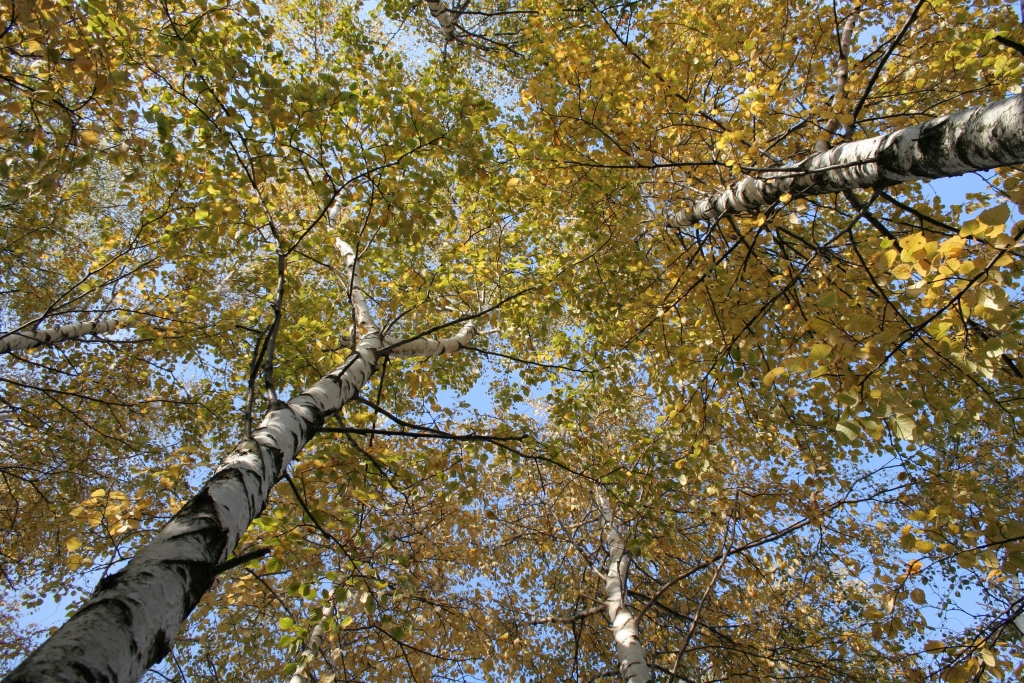
The next time you are near a field of prairie grass or taking a hike through the forest with your family, keep an eye open for these amazing creatures.
You just might be lucky enough to see one!
